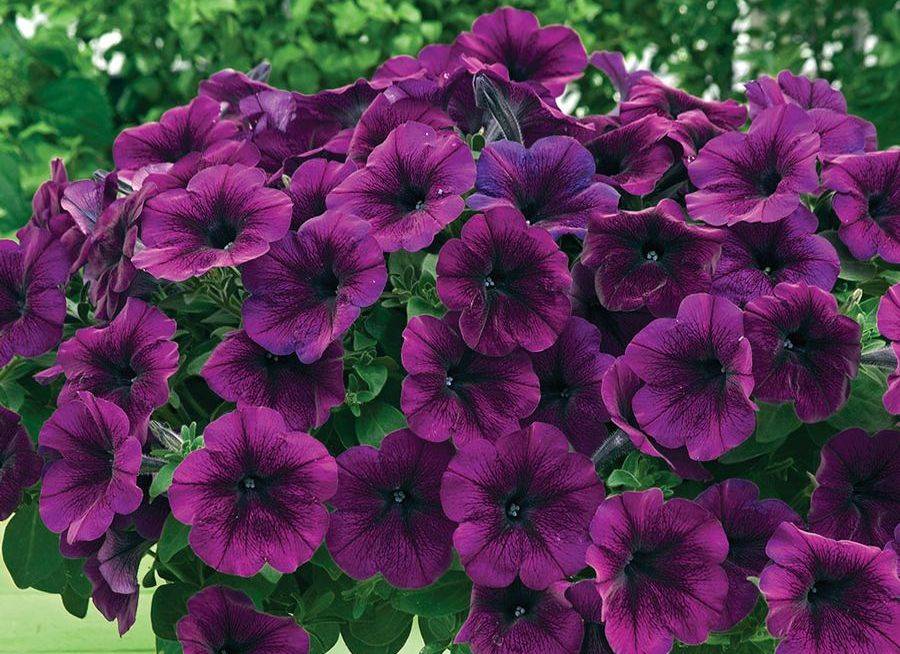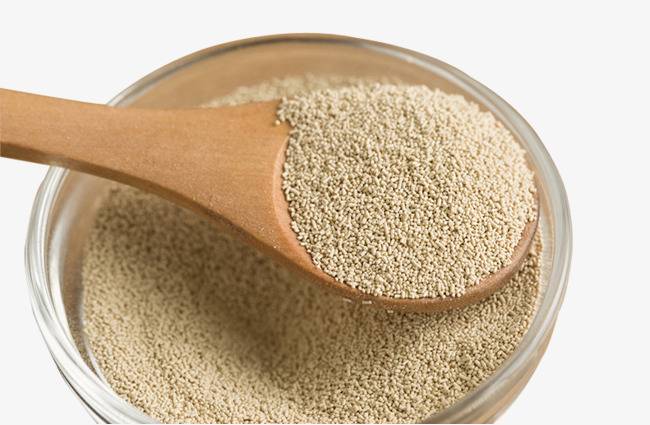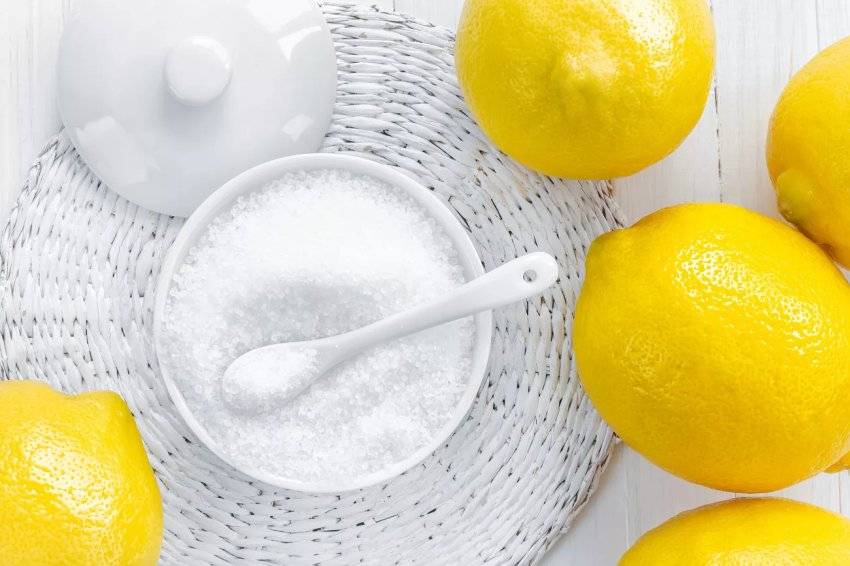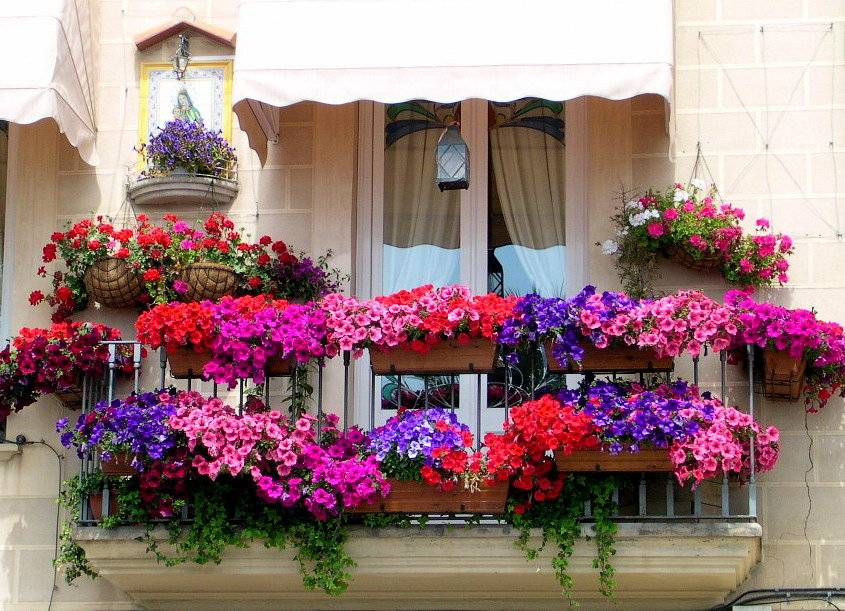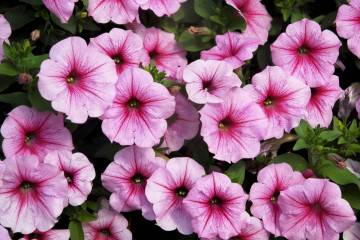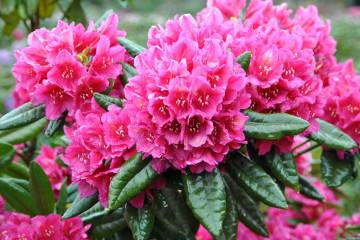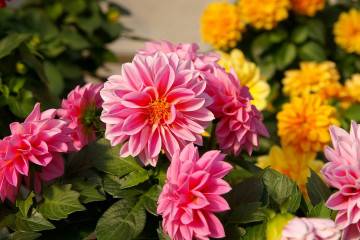How to feed petunia for abundant flowering
Content:
Petunia is a bright flower, unpretentious to care for. A wide variety of varieties and species have made it popular among lovers of garden and home plants. You can grow it in a flowerbed in the country or hang it in a flower pot on the balcony. Below is how to fertilize petunia so that the flowering does not end as long as possible. There is a large selection of ways to provide nutrition to a bright plant, the main thing is to follow the recommendations and closely monitor the bushes.
Brief description of petunias
Petunia is an attractive plant, not very demanding to care for, but extremely partial to feeding. With timely and correct fertilization, the flower will transform any apartment, loggia. It can also be grown outdoors.
Even a novice gardener can handle petunia. But you can achieve lush flowering only by providing the plant with the necessary nutrition. Of course, don't forget about watering. If the petunia does not have enough moisture, it will wither, the leaves will fall off, and the susceptibility to disease will increase. Then you don't even have to think about flowering, and even more bright and colorful. If all recommendations are followed, it begins in June-July and ends with the arrival of frost.
Why you need to fertilize
Fertilizer for petunias is required not only for abundant flowering. The plant needs fertile soil containing a complex of minerals in order to develop, resist disease, and adapt to the environment. The beneficial substances of petunias are absorbed very quickly, they are even called gluttonous. If you do not provide them with regular feeding, then you can not wait for an attractive look. Colorful flowering, bright juicy foliage will appear only with good nutrition.
Improper feeding
How to fertilize petunia depends on the stage of growth. During the formation of greenery, some substances are required, to accelerate flowering others. You need to understand when a plant is lacking nutrients, and in which cases its development slows down due to improper care, infections and parasites. So, for example, if there are too few flowers on a petunia, and the leaf plates have acquired a purple hue, a lack of phosphorus can be suspected.
Improper feeding will lead to sad consequences:
- the plant will not bloom, it will completely lose its decorative effect;
- weaken the immune system, which will lead to the appearance of various diseases;
- the leaves will turn yellow, wither, begin to fall off;
- petunia will die.
It must be remembered that petunia needs food at least once a week. It is important to observe the dosage of the drugs used, indicated by the manufacturers, and observe the flower, because by its appearance you can understand whether it feels comfortable. For example, if a plant's leaves turn yellow, then it may lack iron.
Suitable fertilizers
Gardeners who decide to have a bright plant should know how to feed petunia for abundant flowering. It is not necessary to constantly purchase special drugs, you can trust folk methods. The main thing is that the fertilizer is comprehensive, providing petunia with everything it needs.
Small, large, double and even fringed buds are the main advantage of the popular flower. It is worth making every effort to achieve their appearance.
Mineral
Wood ash is one of the best natural mineral fertilizers. It contains phosphorus and potassium, which is an excellent feeding of petunias necessary for lush flowering. They are required for an already grown and mature plant to help buds set.
Superphosphate has proven itself well. Fertilizer can be applied to any soil; it is absorbed by plants quickly, without negative consequences. The granules dissolve easily in water, which allows you to instantly prepare a useful solution.
Organic
The most affordable and effective organic fertilizer is chicken manure. Before use, the raw material must be diluted. They turn to him during the active growth of the plant in order to strengthen the immune system, accelerate flowering.
From dry and raw yeast, you can make a budget fertilizer. It is suitable for both plant watering and spraying:
- live yeast is diluted with water. Five parts of liquid are added to one part of the raw material. It is better to start preparing the mixture overnight, so that the yeast has time to ferment in 8-10 hours. In the morning, it remains to dilute the resulting mixture with water in a ratio of 1:10, then in the evening you can water the petunia. If you plan to apply fertilizer to the leaves, then the concentration must be reduced at least twice;
- dry yeast is mixed with sugar. 10 g will need 60 g of sand. The ingredients need to be poured into 10 liters of water and the solution should be infused at room temperature. After two hours, the mixture must be poured with 50 liters of water. Fertilizer is ready. It is not recommended to mix it with poultry droppings, urea, otherwise its use will not lead to a result.
Complex
Fertilizers containing potassium, phosphorus and nitrogen are essential during the growth stage, when the lush foliage has already formed. If the content of elements in the preparation is the same, the formation of green mass will continue, but the buds will not be tied. To bring their formation closer, it is necessary to give the plant more potassium, which is responsible for the root system, and phosphorus, on which flowering depends.
Experienced gardeners do not recommend buying long-lasting fertilizers. They are introduced into the soil before planting the plant. This allows you to forget about the nutrition of the flower throughout the season. With the next watering, the granules gradually dissolve, and useful substances enter the soil.
This way of feeding petunia has one drawback. Nutrition, namely the ratio of substances received by the flower, cannot be adjusted. If you need to reduce the amount of nitrogen, then you will not be able to completely eliminate it. You can increase the amount of other elements, in particular, phosphorus and potassium, but most likely this will not solve the problem. Therefore, it is recommended to give fertilizers in dosage, focusing on the state of the plant.
Folk remedies
Effective feeding for petunias for flowering and growth can be carried out in folk ways:
- during the formation of seedlings, as well as during flowering, chicken droppings are used. You will have to handle it carefully so as not to burn the petunia. Take a glass of water for 200 g. The quantity can be increased without disturbing the proportions. The diluted solution is placed in a dark place for a week. After that, you need to strain the mixture and add a pinch of potassium permanganate. You can water the plant with the finished product;
- to protect petunia from microbes and prolong the colorful flowering period, use nettle. It must be put in a bucket, crushed so that the grass fills the container by at least a third. After it is poured with water and wait until the product is infused. It is enough to stand for 6-7 hours. It remains only to filter, and the remedy is ready;
- ash will provide long flowering, strengthen the immune system. It is applied at the root or diluted with water. For 300 g of raw materials, about 10 liters of boiling water will be required;
- boric acid will increase the number of buds. For 5 liters of water, it is enough to take 1 g of the product. After breeding, you can water the petunia. If you plan to spray the plant, then the concentration of boric acid must be reduced by at least half;
- will accelerate the approach of flowering and get rid of yellowed leaves of citric acid. For 3 liters of water, you need to take 12 g of powder and add a little iron sulfate. The resulting solution can be watered on the plant or used as a foliar top dressing.
How to fertilize correctly
Long-lasting fertilizers are added to the soil prior to planting. Liquid and dry are usually applied once a week. Petunia is famous for its excellent appetite, so it needs nutrients all the time.
Root dressing
Fertilizers are usually applied to the soil. Liquid, dry and long-lasting products are suitable for these purposes. When preparing the solution on your own, you need to thoroughly stir the preparations so that the granules are completely dissolved, otherwise there is a risk of burning the roots of the plant. The same goes for poultry manure used as organic fertilizer. You cannot add it in its pure form, it must be diluted with water.
Foliar dressing
You can provide nutrition to the plant using spraying. Fertilizers are diluted and then the leaves and stems are processed with it. In this case, it is necessary to reduce the concentration of the drug used. When applied at the root, more fertilizer is required.
Top dressing when planting
It is not recommended to apply fertilizer during the growth of seedlings. It is enough to acquire a soil rich in minerals, which will have a beneficial effect on the development of the plant. Sometimes succinic acid is used, it will accelerate the emergence of seedlings even in old seeds. If high-quality seed is taken, there is no need to contact it.
The first fertilizer, rich in nitrogen, is applied 14 days after picking petunias. It will contribute to an increase in green mass. The exception is long-lasting fertilizers added before the flowers are planted. They operate throughout the season and do not require additional intervention.
Top dressing during flowering
During the flowering period, petunia must be fed, whether it grows in the garden or at home in pots. Fertilizers need to be applied every five days. You can create your own schedule, focusing on the appearance of the flower. If it quickly absorbs nutrients, then you can carry out the procedure daily, preparing a weak solution of fertilizers.During the flowering of petunias, potassium and phosphorus are needed. They will not only make it brighter, but also prolong the colorful period.
Top dressing during the dormant period
Petunia is usually grown as an annual plant, but it can be kept in winter too. To do this, you need to move the pot to a warm and lighted place. If the plant grows in the garden, then you need to carefully dig it up in late summer or early autumn, focusing on the weather conditions. The comfortable temperature for the plant is 15-20 ° C. It is imperative to inspect the flower, check for damaged parts, remove them if necessary. It is advised to shorten the shoots, leaving a length of no more than 15 cm.
In the spring, when the threat of night frosts has passed, you can plan to plant in the garden or move to the balcony if the flower grows at home.
How to feed a voracious petunia depends on the stage of its growth. Nitrogen will grow tops, and the roots will be strengthened and a lush flowering will be created - potassium and phosphorus. In order for the plant to be healthy, not to lose its decorative effect, it is necessary to alternate mineral and organic fertilizers. You can add them to the soil or spray the leaves and stems of petunias. In the latter case, it is necessary to reduce the concentration of the solution used. In appearance, you can understand whether there is enough nutrition for the plant or if you need to adjust the feeding.

